Jakarta is hot and humid all year round, but I wasn’t prepared for what Kaohsiung had in store in late September and early October. When James and I were walking along its harbor on a sunny day, I kept thinking of how sweltering this part of Taiwan was. We love exploring a new city on foot, not only because it’s cheap and healthy, but also because it allows us to appreciate the little things that can only be observed up close from a pedestrian’s point of view. However, the temperature that day was something else. I saw a number of people on the seaside promenade donning the right kind of clothing – light and airy, allowing the occasional breeze to sweep away some perspiration – and quietly wished I had worn something similar. I was sweating profusely, so much so if I were drunk I would’ve probably ripped the sleeves off my t-shirt.
Despite the heat, why did a steady stream of locals and visitors keep coming to where we were? For the uninitiated, this stretch of the city’s harborfront definitely looks interesting, thanks to some eccentric structures that have recently been added to the skyline as well as a plethora of attractive small businesses along the coast. But if one was told that this fun-looking part of Kaohsiung used to be a busy, working port with a much less inviting appearance, that person would probably appreciate its current incarnation even more.
When Taiwan’s economy was growing at breakneck speed toward the end of the 20th century, making it one of the wealthiest countries in Asia, the port of Kaohsiung was one of its pulsating engines. From plastic toys to bicycles, laptops to computer chips, “Made in Taiwan” goods made their way across the globe from here. The optimism must have been palpable among the island nation’s population. However, across the strait, a giant was beginning to wake up from its long slumber. In 1990, although it had 55 times the population of Taiwan, China’s economy was only twice as large. But we all know what happened in the decades afterward. Today, China’s GDP (gross domestic product) eclipses that of Taiwan by 24 times, a leap partially fueled by the relocation of many businesses from the island to the mainland, lured by cheaper labor costs.
At its peak during the 1990s, the port of Kaohsiung was the third largest in the world, behind Hong Kong and Singapore. But Chinese cities soon caught up, and now out of the ten largest container ports on the planet, six are located in Mainland China. Realizing that an inevitable decline was coming their way, successive mayors of Kaohsiung and government leaders in Taipei talked about plans for rejuvenating Taiwan’s most important harbor to keep it relevant for many more years to come. But coming up with one that would actually work proved very challenging due to the complexities of the entire project. Whoever was at the helm would need to bring all stakeholders – which include state-owned enterprises, the port authority, and even the military, among many others – who control different parts of the port and the waterfront together to make any real progress.

I don’t know how the man on the right survived the heat and humidity with that extra layer of clothing

Playful installations at Dayi Park at the end of Pier-2 and just around the corner from the Kaohsiung Music Center
The first step was taken in 2003, the year when the city government tore down the long wall that once enclosed the waterfront area and effectively cut it off from the public. Three years later, Chen Chu – the first directly-elected female mayor in the country – began her stint as the new leader of the city. She would then prove to be the one who was able to get the city administration, state-run companies, port authority, military, and Taiwan’s central government (including the president and the parliament) to agree on a vision to reinvent Kaohsiung’s harbor. She was able not only to find compromise and push through plans formulated using win-win principles, but also to convince the public of the importance of having such an ambitious vision.
The municipal leaders then went overseas to visit cities that have successfully transformed their waterfronts into districts that are inviting not only for residents and visitors alike who come for their various cultural offerings, but also for business owners who see opportunities to invest in the area. Yokohama, Kobe, Singapore, and Hamburg were chosen as case studies. And invaluable lessons from these official trips were instrumental in ensuring the success of the so-called Asia New Bay Area, a long-term project which aims to put Kaohsiung back on the world map.
Like any large-scale redevelopment project across the globe, bold and impressive architecture is an inseparable component in the masterplan. Not only is this intended to arouse people’s curiosity, but it also creates a lasting icon that would serve as the city’s landmark. The Kaohsiung Music Center does just that. Designed by Spanish architect Manuel Álvarez-Monteserín Lahoz, this unique building which was inaugurated in 2021 took natural forms found on the seafloor as its inspiration. The hexagonal patterns on its façades are certainly a head-turner, and at night the entire building becomes an even more arresting spectacle.
However, not all is new. Just down the seaside promenade from the city’s glitzy music center is the Pier-2 Art Center, a series of old warehouses that have been repurposed as low-rise galleries, cafés, and shops with some intriguing outdoor sculptures placed in the vicinity. The run-down appearance of the storehouses seemed to have been deliberately left unchanged, probably to show people that the juxtaposition of old and new can have a charming result. All of this definitely managed to make this part of the waterfront attractive, evident in the number of people flocking to this area every time we came – except for that one day when most businesses were closed due to a typhoon warning.
When you find yourself at the Pier-2 area, you’re all but certain to spot a pedestrian bridge with a smooth white curve and a tall pointy mast that acts as an anchor when the viaduct rotates every afternoon. Touted as the longest cross-port swing bridge in Asia, the Great Harbor Bridge has become a hit among the crowds, especially in the minutes leading up to the scheduled daily rotation. But there is more reason to cross this feat of engineering than just to watch it turn 90° horizontally from the other side of the harbor. Not only is it filled with old warehouses that have also been turned into shops and restaurants, but this section of Kaohsiung’s port known as Penglai Pier also houses what is among the most fascinating pieces of public art along the waterfront. Tucked away in a rather hidden corner of the pier, Echo Across the Harbor might not be easy to spot at first. But to find it all you need to do is follow the sound. Conceived by Kaohsiung-based Studio Hou x Lin, this carillon of 38 bronze bells was intended to evoke the historical soundscape of the port. Inspired by the cranes that were used to load bananas in bamboo baskets – the pier’s main export commodity during its heyday – onto waiting ships, the three columns and the round golden cases of the modern art installation were erected to support and enclose the bells, which themselves were cast halfway across the world in the Netherlands.
A short walk toward Hamasen, the downtown area of the city during the Japanese colonial period (when Kaohsiung was still called Takao), will bring you to Kaohsiung Port Warehouse No. 2, or KW2 for short. Constructed in 1914 as a small warehouse with brick walls and a tiled roof, it was then damaged by Allied bombing during World War II. In the 1960s it was rebuilt using concrete and rebar, eliminating the need for pillars and making its obstruction-free design ideal for storing large quantities of sugar and banana for export. Today, however, what you will find instead are independent retailers, souvenir shops, eateries, and a visually-pleasing hostel built with Japanese minimalist aesthetics in mind.
A few blocks away from KW2 is a place that I believe would ignite that inner child in you, or at least that’s what it did to me. The Hamasen Museum of Taiwan Railway might look like a regular museum at first. But if you go deep inside the building, you will find a very impressive model of Taiwan’s railway network. Not only does it showcase miniature regular trains, but also the high-speed train, the mountain train, as well as Kaohsiung’s own Mass Rapid Transit (MRT) and Light Rail Transit (LRT). In addition to the moving parts that bring the entire scene to life, the lighting also changes simulating day and night.
Speaking of Kaohsiung’s LRT, it conveniently connects many places of interest along the city’s waterfront, providing the general public with a cheap and easy way to get from one part of the harbor to another. Also known as the circular light rail, the southern section of the line in fact makes use of the historic Japanese-era tracks. We, of course, took this mode of transport a lot, including to visit the Kaohsiung Port Cruise Terminal. Designed by New York-based architecture firm Reiser + Umemoto, this latest addition to the city’s skyline makes a bold statement with its dramatic curvature. While entry is restricted to cruise ship passengers, visitors can marvel at the building and its surroundings from a third-floor viewing deck that can be accessed via an elevator. From there, the sinuous roof of the Kaohsiung Exhibition Center and the ever-impressive supertall skyscraper that is 85 Sky Tower can be better appreciated. Also visible were empty plots of land waiting to be occupied by more buildings in the future.
Maybe it is too early to tell whether the Asia New Bay Area has been as successful as Singapore’s Marina Bay or Yokohama’s Minato Mirai 21. But one thing is for sure: the recent redevelopments have sparked public interest in what was once a purely industrial part of Kaohsiung. You should see it yourself. And when you do, it’s probably wise to avoid the heat and humidity of October. But if you insist, make sure you wear an outfit that can breathe so you can focus on enjoying the city’s changing waterfront instead of wiping away the sweat that runs down your face. But you can always head to KW2 to cool yourself with a cup of gelato. Where else can you find delicious, cold goodness with flavors like avocado pudding and salted egg puff pastry?



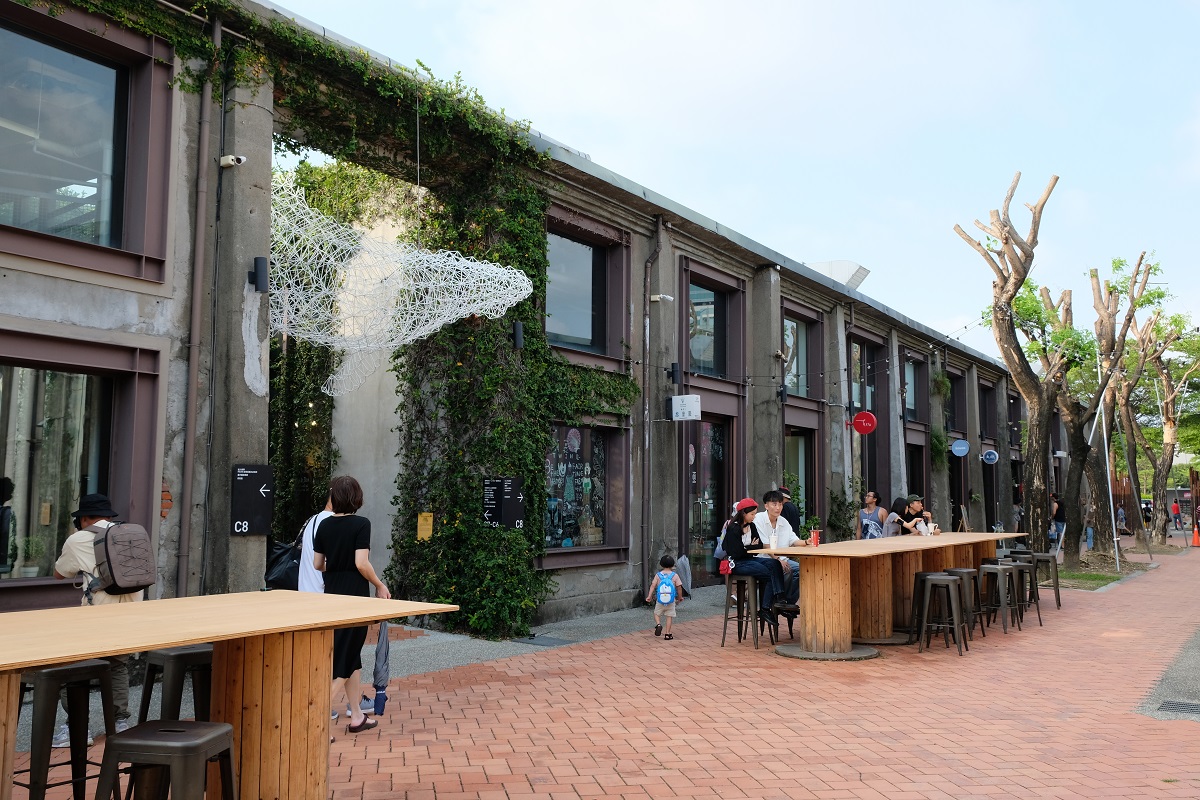
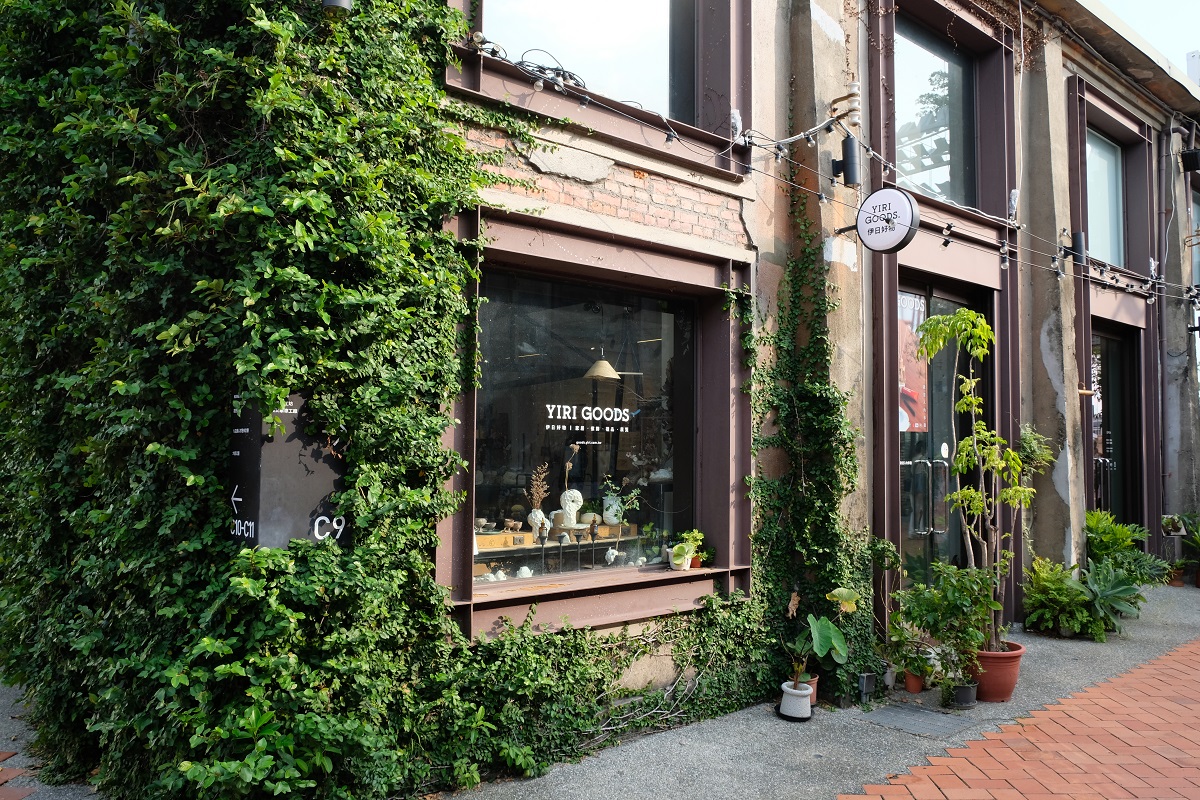










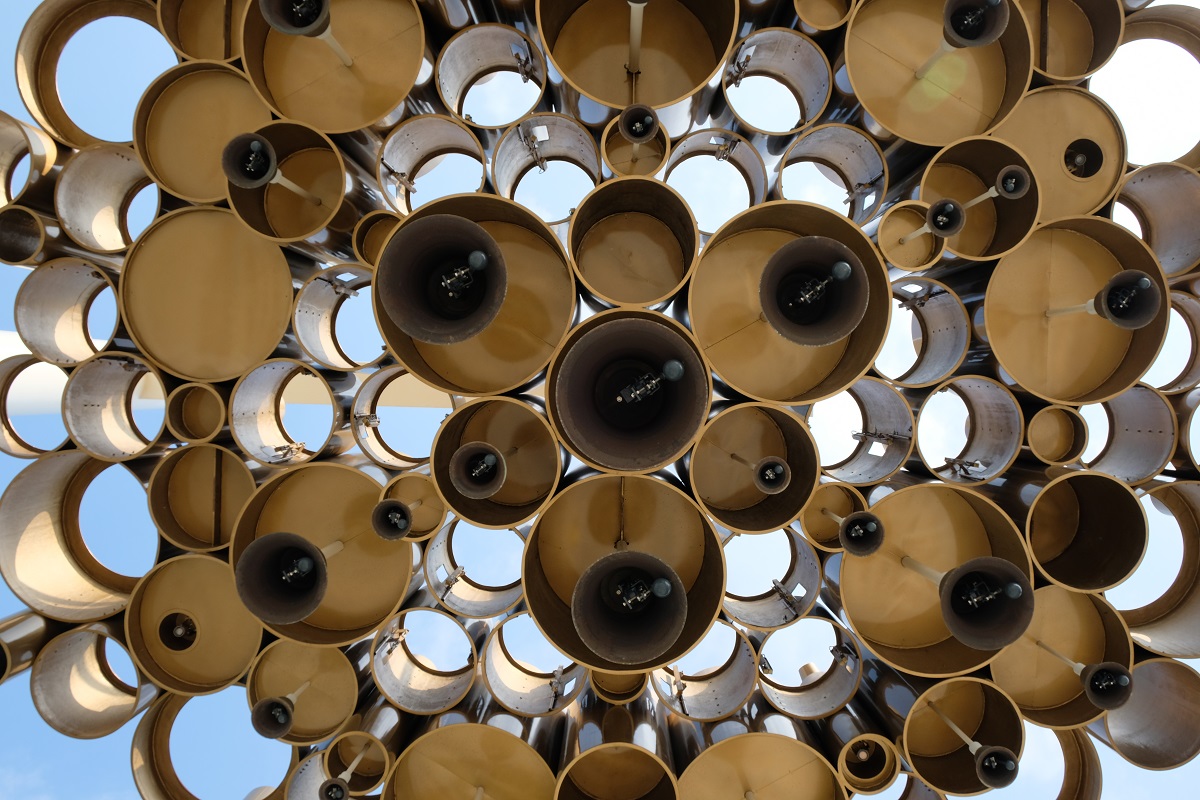







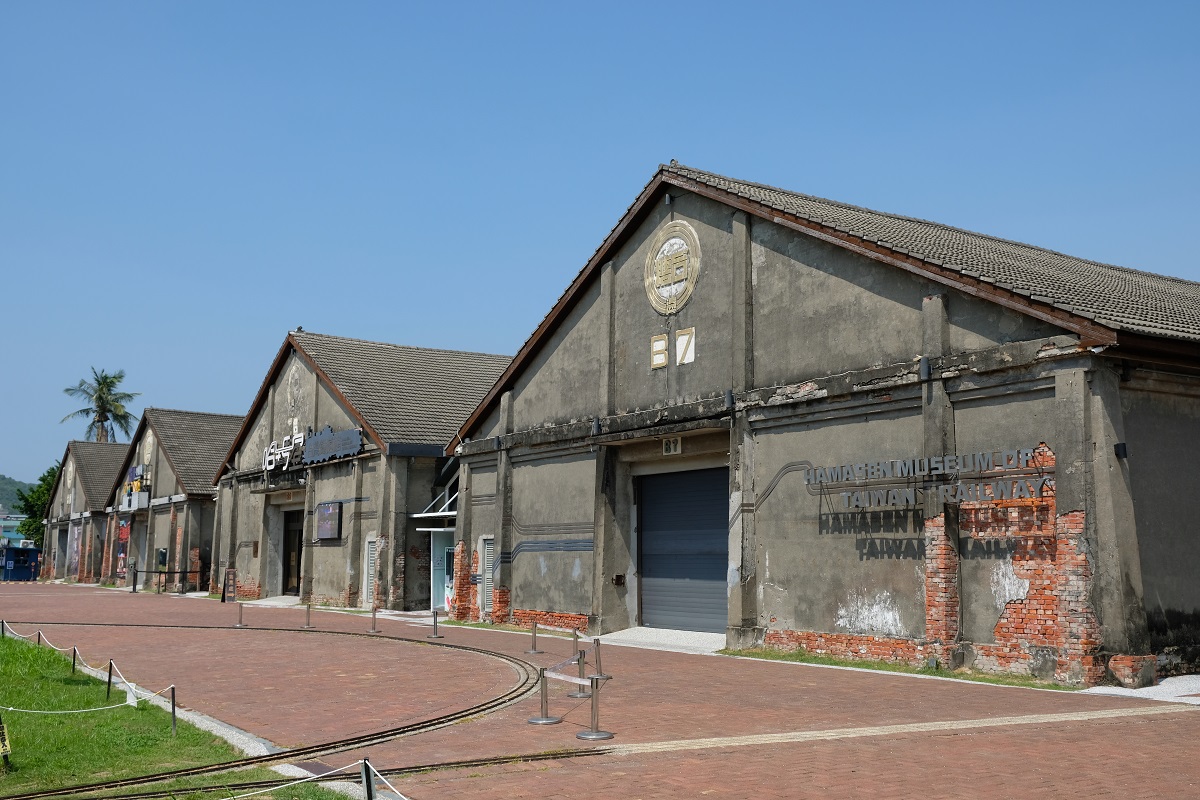


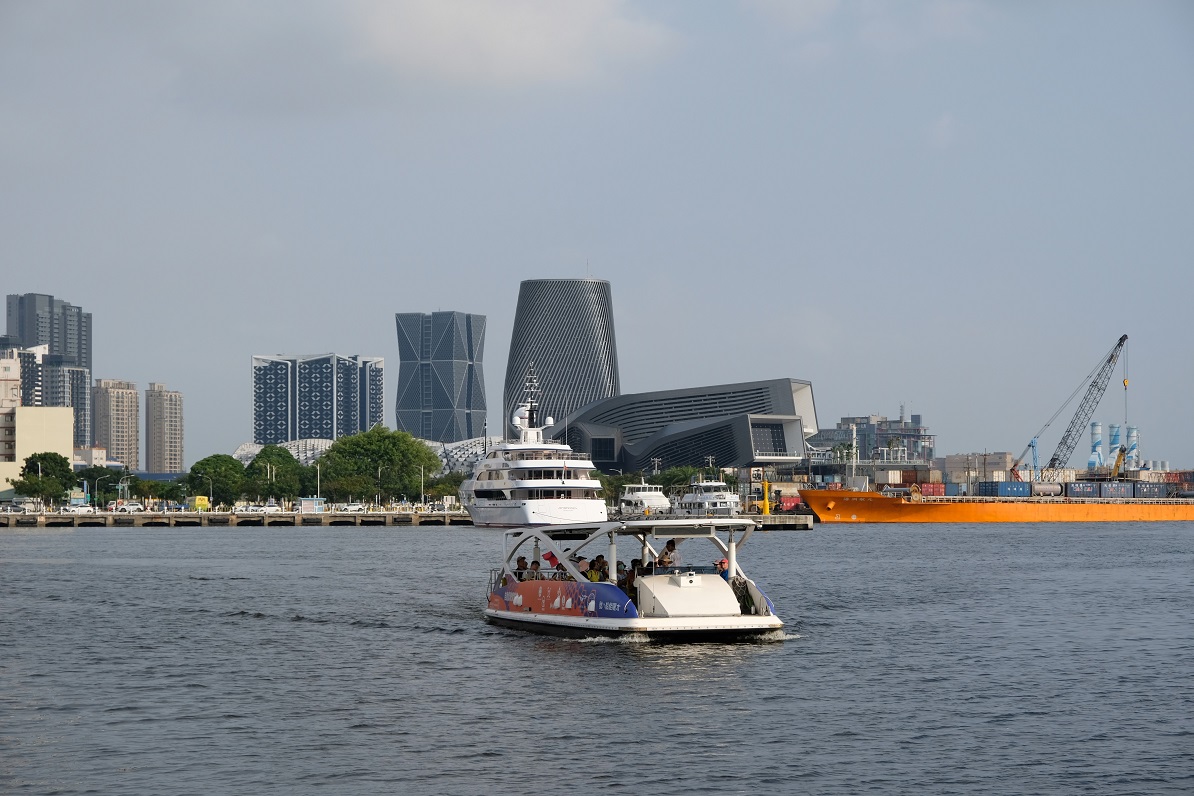



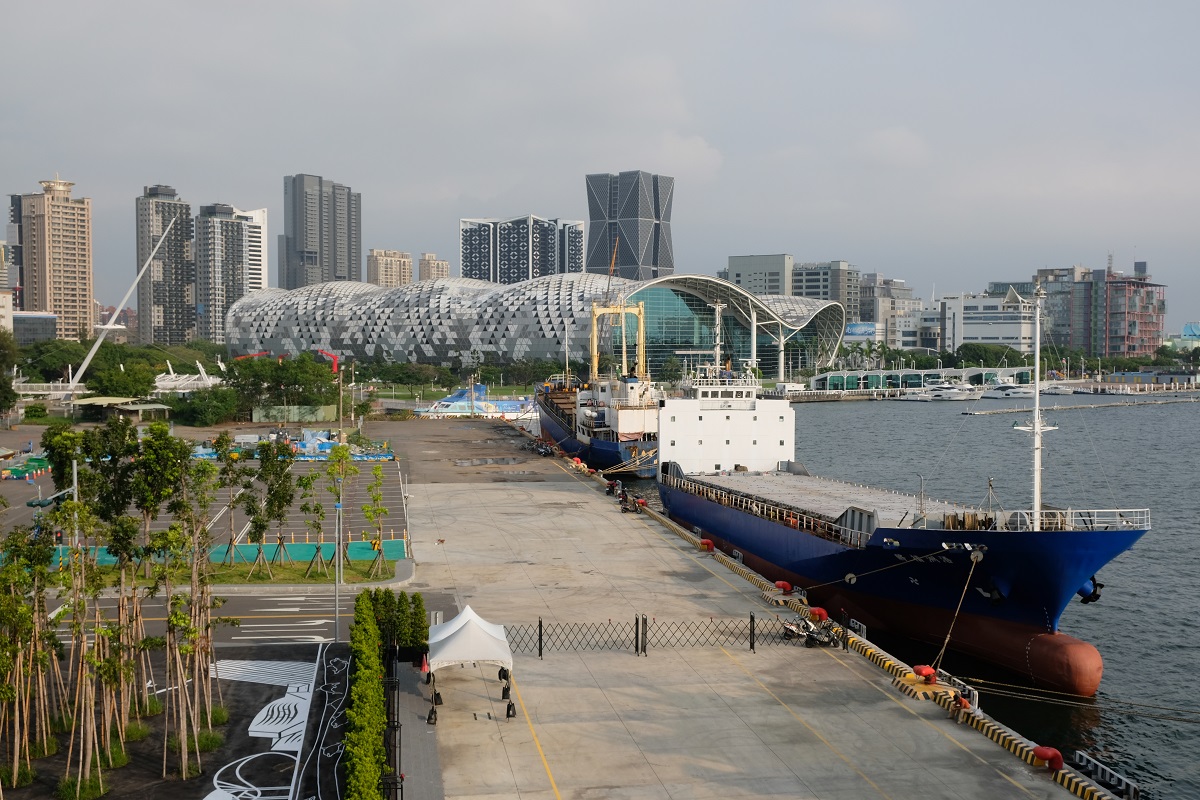
Taiwan weather is really something! I’ve spent summers going to Taiwan to visit family, and it truly is hellishly hot and humid– I don’t think it starts cooling off until November! All the same, you had a nice stroll along the waterfront, and the gelato you had must’ve been so refreshing on a hot day, and with really unique flavors! Thanks for sharing more of your time in Kaoshiung, Bama 😊
LikeLiked by 1 person
I’ve heard about how hot the south can be, but I didn’t expect it to be that hot. A fellow blogger who lives in Kaohsiung told us that it’s actually very pleasant in the winter. So, maybe next time! I really loved the fact that they had all those different and unusual gelato flavors. You should try them if you happen to be visiting this part of Taiwan.
LikeLiked by 1 person
Taiwan looks so interesting!
LikeLiked by 1 person
Exactly! And quite underrated in my opinion.
LikeLiked by 1 person
For you to complain about the heat, it must have been really bad. What a good news story about the revitalization of the waterfront. And locals are apparently using it so it sounds like a success. Maggie
LikeLiked by 1 person
Haha, yeah it was quite intense. But it should be more pleasant to walk around Kaohsiung if you go in the winter. Looking at how Kaohsiung’s waterfront area looks now and learning about how much different it was in the not-too-distant past makes me wonder why there aren’t any cities in my home country doing something similar.
LikeLiked by 1 person
Or many cities.
LikeLiked by 1 person
Very true!
LikeLike
wow!
LikeLiked by 1 person
The transformation is impressive, isn’t it?
LikeLiked by 1 person
So many beautiful photos, Bama, especially the wonderfully unique building of Kaohsiung Music Center. I can only imagine how beautiful it must be when in the evening, the rays of the setting sun and lights from the city reflected on the water add a dazzling charm to the port city.
Whether strolling along a river, seeking respite in a café on a beach boulevard or enjoying amusements on a pier, waterfronts are some of the best escapes from the hustle and bustle of a city. Also – as I’ve never seen a horizontally rotating landscape bridge, I’d love to witness the rotation show. Thanks for sharing, and have a good day 🙂 Aiva xx
LikeLiked by 1 person
Thank you, Aiva. The music center really has become a new landmark of Kaohsiung, for a good reason. If the trend continues, maybe in 10 years’ time this part of the city will look even more interesting.
I completely agree with what you think about waterfronts. Unfortunately, the rivers in my city are too dirty for anyone to enjoy a stroll along any of them.
Have a good weekend, Aiva!
LikeLiked by 1 person
I remember when my home town moved its port out to a close by island and what a difference it made to the city, but they never revamped any of the old warehouses. There’s something special about mixing some of the old with the new and Kaohsiung seems to have done an ideal job. I especially like the rotating pedestrian bridge being a great believer in walking a city too. Thanks for another interesting read.
LikeLiked by 1 person
I believe doing so has opened up the old port at your hometown to the public, allowing the people to reclaim the space they deserve. What I saw in Kaohsiung was very encouraging. It’s crazy to think that in the past the city’s residents couldn’t even access this waterfront area. Thanks for sharing your thoughts, Mallee.
LikeLiked by 1 person
The transformation of the waterfront reminds me of Toronto’s conversion of the Lakeshore from an industrial activity to an leisure district. It also illustrates the growing share of leisure in our time and budget, generating real economic activity for the benefit of as many people as possible.
LikeLiked by 1 person
Maybe there is a growing demand for leisure because for a long time many people’s lives were limited to working, going home, and repeat — which admittedly over time allowed us to accumulate a certain level of wealth. Now I’m intrigued by what you said about Toronto’s waterfront.
LikeLiked by 1 person
It’s wonderful to hear that the waterfront has been revived and redeveloped and is now a place for all to enjoy. I love the hexagonal shape structure, especially at night when it’s all lit up. Both cups of gelato look delicious!
LikeLiked by 1 person
Fortunately, Kaohsiung has visionary leaders who not only thought about how the city would be under their administration, but also how it would remain relevant in the future. Speaking of the gelato, I was particularly impressed with the salted egg puff pastry. It wasn’t something I expected to taste as a cold dessert, but somehow it worked!
LikeLiked by 1 person
I found it very fascinating reading about the waterfront in Kaohsiung as it reminds me of the current revitalization of our own waterfront in my city.
It’s a complex mix of urban living, accessible transit, art and culture, lovely and eye catching architecture and public art, and of course, good food amenities.
I’ve never thought of a waterfront as an economic engine but it does make sense too when you think about sea transport.
I enjoyed this tour very much – and that avocado dessert too!
LikeLiked by 1 person
I think it’s a good trend that more and more cities these days realize the importance of a good waterfront that is accessible to the general public. Some might be more successful than the others, and I hope your city belongs to the former.
Jakarta, on the other hand, severely needs to re-evaluate its relationship with its polluted rivers and the sea. Visiting places like Kaohsiung always makes me think of the missed opportunities in my city. That can change though, just like how Kaohsiung has beautifully demonstrated.
LikeLiked by 1 person
Another excellent post, Bama. Thank you for taking us along on your travels! You visit the most fascinating locales, and your posts are so interesting, educational, and fun. I look forward to your next post.
LikeLiked by 1 person
Much appreciated, Debbie. Lesser-known destinations are often equally interesting as the more famous ones, but with less crowds. Thanks for reading!
LikeLike
Beautiful pictures and a wonderful write up. I remember the wicked humidity in Kaohsiung. It was the first time I’ve seen a dehumidifier in our hotel room. And it filled up very quickly. I carry my camera bag with me and my cotton polo shirt was soaked.
I hope you’re doing well.
LikeLiked by 1 person
Thanks Matt! Do you remember which month you went to Kaohsiung? Was it also around end of September/early October?
I’m doing okay, I guess. I had written this post (and a few others) months ago. So, I only had to edit it a little bit before hitting the publish button. I hope you’re having a good weekend!
LikeLike
It would be around October.
Losing loved ones is very difficult. Take your time to grieve and heal. You’ll find a way to move forward.
LikeLiked by 1 person
Thanks again, Matt. It’s quite tricky to navigate through this grief while at the same time trying to function at work and everything else.
LikeLiked by 1 person
The imagination and political will power it took to transform this area is truly astounding, Bama, and the way you made it come to life, a delight. I was completely transported, and could feel the humidity mingling with sweat on my skin while reading. Perhaps because I’ve experienced that brutal humidity in Taiwan, scooping sweat off my shins. How is it possible that one can sweat on one’s shins? I often wondered. Like you and James, I much prefer to walk when I travel. One misses so many details and delights otherwise. And like you point out, it is great for one’s health and wallet. The architecture, and that shabby-chic look of the area all appeal to my sense of beauty. Not to mention the sound of bells, which I love so much that I have a variety that I collected throughout my travels – including bells as diverse as a temple bell from South Korea to a cow bell from Portugal.
LikeLiked by 1 person
Learning about how the Asia New Bay Area came to life only made me envious of the political leadership Kaohsiung has. I thought being in the north would make the humidity in Yilan more bearable than in Kaohsiung. But having to wipe the sweat off your shins does sound brutal! I have loved walking since my university years. However, after learning about its health benefits, I do it even more often now. It also helps that Jakarta has rather comprehensive public transport options, which means walking makes a lot more sense here compared to other Indonesian cities. I think I know what you mean with the Korean temple bell — I watched the opening ceremony of the Pyeongchang Winter Olympics and the metalwork was an important part of the hours-long spectacle.
LikeLike
I think we are all a bit envious of that kind of political leadership, Bama, as I doubt that many politicians achieve anything close to that of Kaohsiung. To be able to create an environment that benefit and enhance the lives of the people you are supposed to serve is not something many politicians understand.
I haven’t seen the opening ceremony of the Pyeongchang Winter Olympics, but the one I have is one of the small ones you mostly find on the corners of the roofs of temples, and rings like a wind chime when the wind blows. It, in an instant, takes me back to South Korea, which is wonderful. It is still packed away in a box in South Africa, but I hope I will be able to relocate it soon to the quinta in Portugal.
LikeLiked by 1 person
That is true, unfortunately. Traveling can definitely help us see what other cities are doing and what we can demand from our own local leaders.
I didn’t realize you still have stuff back in South Africa, although it really shouldn’t come as a surprise. Fingers crossed you’ll get to bring some of your favorite things to your quinta!
LikeLike
I don’t have much left. Really just some momentos I certainly can live without, but would prefer not to get rid of, as it transports me to my life before blogging to store memories. And then I kept some books, which I will have to revisit to see which ones are worth keeping, and which ones I will get rid of. I’m not very materialistic, but there are things like recipe books that bring me immense amounts of joy, which I tend to indulge in. 😇 We all need at least one vice, don’t you think?
LikeLiked by 1 person
We’re on the same page. When I was looking up my mom’s documents following her death, I found her handwritten recipes. Strangely, they brought a lot more joy than finding other supposedly more important papers.
LikeLike
It is interesting to learn what we value most, and I can just imagine that you will treasure those handwritten recipes for the rest of your life. Your mom´s legacy and love is captured in those.
LikeLiked by 1 person
What a great post Bama. There’s so much to explore, and such variety of buildings and neighbourhoods. KW2 looks wonderful – I do enjoy the charm of older buildings left as they are while being repurposed. As for the humidity, we lived through times like this in India – I call them the dripping days 😁
Alison
LikeLiked by 1 person
The dripping days! 😁 That’s brilliant. Looking at how the harborfront has transformed, I’m really curious about how it will be a few years from now. It’s such an exciting time for Kaohsiung. Plus, the circular LRT line has now been completed.
LikeLiked by 1 person
Very interesting article and amazing place. I understand the heat and humidity as we suffered from it in India and Sri Lanka on our recent journey. We also like walking around but you have to do it very early in the morning or late in the day when it is that hot…Walking is the best way to visit any city. (Suzanne)
LikeLiked by 1 person
Much appreciated, Suzanne. How great that you’ve just returned from South Asia! Last year I actually thought of visiting India again, but I ended up going to Taiwan instead. As for Sri Lanka, there is something fascinating about that island that always makes me want to go back.
LikeLike
A little more greenery might help the area keep pedestrians cooler? But, what an assortment of modern architecture…it’s like being in a candy store. And the Great Harbor Bridge really does look like a boat about to sail off!
LikeLiked by 1 person
I agree with you. Having trees goes a long way to bring the temperatures down, especially in places that receive intense sunlight like Kaohsiung. By the way, I noticed that you changed your blog setting where people have to re-subscribe via email (?). I tried to do just that, to no avail. Do you know why?
LikeLiked by 1 person
Several people have alerted me to this for my post! I’m not sure why either. I will try to tinker with the settings and see if that helps. Thanks for letting me know.
LikeLiked by 1 person
Bama, I loved being able to linger and enjoy the waterfront in a way I wasn’t able to during my hectic (but fulfilling) work trip six months before. It was so nice to actually cross the Great Harbor Bridge and see it go through its full rotation up close, to sit down for gelato and while away a few hours at KW2, and stroll a vibrant Pier-2 filled with pop-up market stalls during the weekend. The only thing I don’t miss from Kaohsiung is that late September heat and humidity!
LikeLiked by 1 person
It’s incredible what you managed to achieve in such a short amount of time on that business trip to Kaohsiung. I guess it’s a good thing you were able to return and explore more of what the city had to offer. Walking along the waterfront really made me wonder why Indonesian cities like Jakarta and Surabaya haven’t done anything like this. Developments seem to have been concentrated inland instead. Opening up parts of their harbors would go a long way in making them more livable.
LikeLiked by 1 person
often when I see all this I wonder why can’t we leave the last remaining natural spaces alone? My heart aches to visit unspoilt natural river fronts, meadows and forests, but there are hardly any to be seen.
so,e-tickets for work, when we have to shoot at “natural spaces” it is almost impossible to get a frame without human footprints. A telephone or electric cable here and there, a house, a factory, a road, there are so so few places left without a human imprint…
LikeLiked by 1 person
Humans have definitely altered the planet in ways other species have never done. I’m afraid we are part of the problem, but we can also be part of the solution. The so-called human imprints have enabled us to do many things, like connecting to the Internet and share our thoughts with people from all over the globe. Unfortunately, along the way our ‘advancements’ often come at the expense of nature. We now have a better understanding of our impact on earth, and what we can do to improve things. But we are also a stubborn species, aren’t we?
LikeLike
Thanks.. places we never heard of!
LikeLiked by 1 person
Glad to ‘introduce’ this part of Kaohsiung to you!
LikeLike